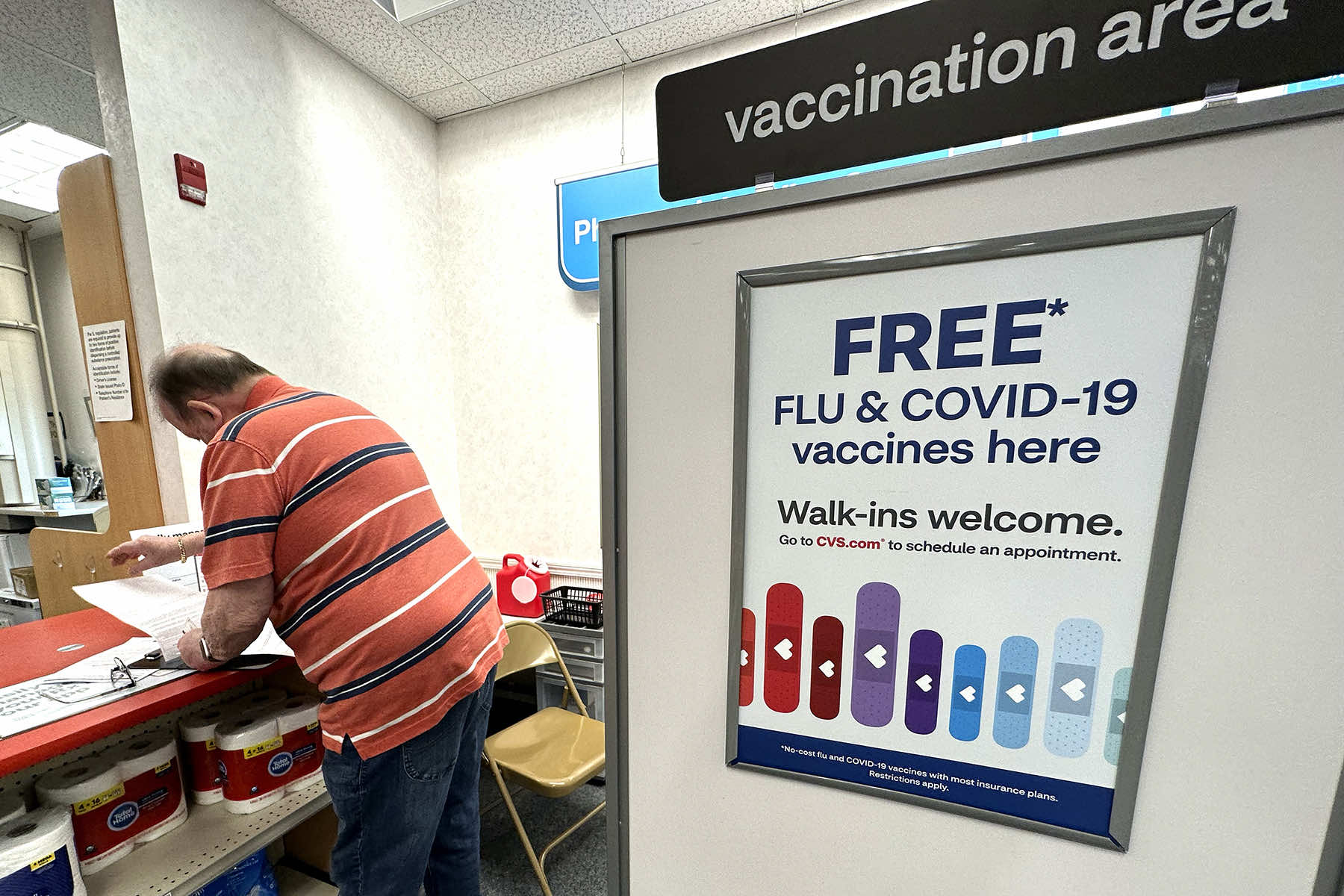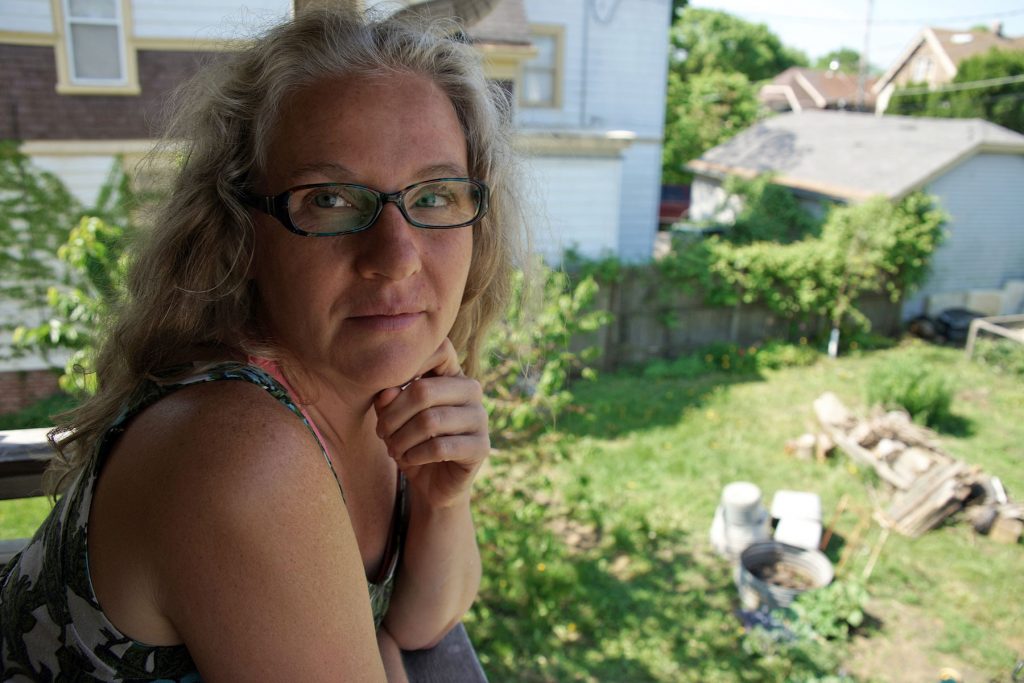
The flu season in the U.S. is getting worse but it is too soon to tell how much holiday gatherings contributed to a likely spike in illnesses.
New government data, posted on January 5 for the holiday week between Christmas and New Year’s, showed 38 states with high or very high levels for respiratory illnesses with fever, cough, and other symptoms. That was up from 31 states the week before.
The measure likely includes people with COVID-19, RSV, and other winter viruses, and not just flu. But flu seems to be increasing most dramatically, according to the Centers for Disease Control and Prevention.
“We expect it to be elevated for several more weeks,” said the CDC’s Alicia Budd. So far, though, this is a moderate flu season, she said.
Interpreting flu reports during and after the holidays can be tricky, she noted. Schools are closed. More people are traveling. Some people may be less likely to go see a doctor, deciding to just suffer at home. Others may be more likely to go.
The flu season generally peaks between December and February; CDC Director Dr. Mandy Cohen said she expects it to peak by the end of January. Officials say this season’s flu shots are well-matched to the strain that is spreading the most.
According to CDC estimates, since the beginning of October, there have been at least 10 million illnesses, 110,000 hospitalizations, and 6,500 deaths from flu so far this season. The agency said 27 children have died of flu.
COVID-19 illnesses may not be as escalating as quickly as flu this winter. CDC data indicates coronavirus-caused hospitalizations haven’t hit the same levels they did at the same point during the last three winters. Still, COVID-19 is putting more people in the hospital than flu, CDC data shows.
Lauren Ancel Meyers of the University of Texas, said the nation is seeing a second rise in COVID-19 after a smaller peak in September.
“There is a lot of uncertainty about when and how high this current surge will peak,” said Meyers, who runs a team that forecasts COVID-19, flu and RSV trends
A new version of the coronavirus, called JN.1, is accounting for nearly two-thirds of U.S. cases, according to a CDC estimate. But health officials say there’s no evidence that it causes more severe disease than other recent variants.














